If it's driving thrills you're after, then look no further than the sportscar. A genre that's almost as old as the automobile itself, as the name suggests these machines were first developed to bring some of the speed and excitement of early motorsport machines to the everyday driver on the road. Over the decades these cars have matured into more talented all-rounders, abandoning their direct links to racing but retaining the same remit to place the driver squarely at the centre of the action.
Of course, the passage of time has meant that the definition of the sportscar has been stretched in all directions, with everything from hot hatchbacks to scalpel-sharp track cars being grouped under the banner. However, for this list we're going to limit those that qualify to the sort of full-sized and sophisticated machines that deliver deep-chested acceleration and uplifting handling, but are as home on the road as the track. And while having more than two seats isn't a disqualification from consideration, we're keenest on those that place more of an emphasis on performance. Their grown-up status is cemented by pricing that falls between £60,000 and £120,000.
However, that's not to say there isn't room for variety, which is why front, rear and mid-engined contenders make the cut, while two and four-wheel drive options make an appearance. The same goes for engine layout and cylinder count (the more the merrier in the latter's case). So, read on as we run the rule of the best sportscar's currently on sale.
1. Porsche 911
The derivative range of Porsche's latest-generation 911, the '992', has filled out quite a bit since its introduction in 2019. The car is now available in 380bhp Carrera and Carrera T guises, as well as 444bhp Carrera S and 473bhp Carrera GTS forms, all powered by a 3.0-litre turbocharged flat-six engine; in coupé, cloth-top Cabriolet and 'folding fixed-head' Targa bodystyles; with either rear- or four-wheel drive; or with eight-speed dual-clutch PDK automatic or seven-speed manual gearboxes. There are also the extra-rapid GT3, GT3 RS, Turbo and Turbo S versions of the car on offer higher up the range, which we deal elsewhere with in our super-sports car top 10 chart.
We've tested most versions of the car, and we've yet to find much to dislike in any of them. Although it has certainly become a better and more refined and sophisticated luxury operator than it ever used to be, this eighth-generation, rear-engined sporting hero is every inch as great a driver's car as the '991' it has replaced - and, if anything, stands ready to take the game further away from its rivals. However, for our money the newly introduced T takes a lot of beating, it's blend of pace, poise and usability making it closest in spirit to the original. It's particulary pleasing with the seven-speed manual gearbox (the first time the three-pedal layout has been made available with the 'entry-level' 380bhp Carerra engine), but the brand's PDK twin-clutcher effortlessly mixes precise control with ease-of-use.
Having grown longer and slightly wider, all versions of the the 992 now use what used to be called the 911's 'widebody' shell (which has been lightened by more extensive use of aluminium in its construction), while four-wheel steering is now an option even on non-GT-level cars and mixed-width wheels and tyres come as standard.


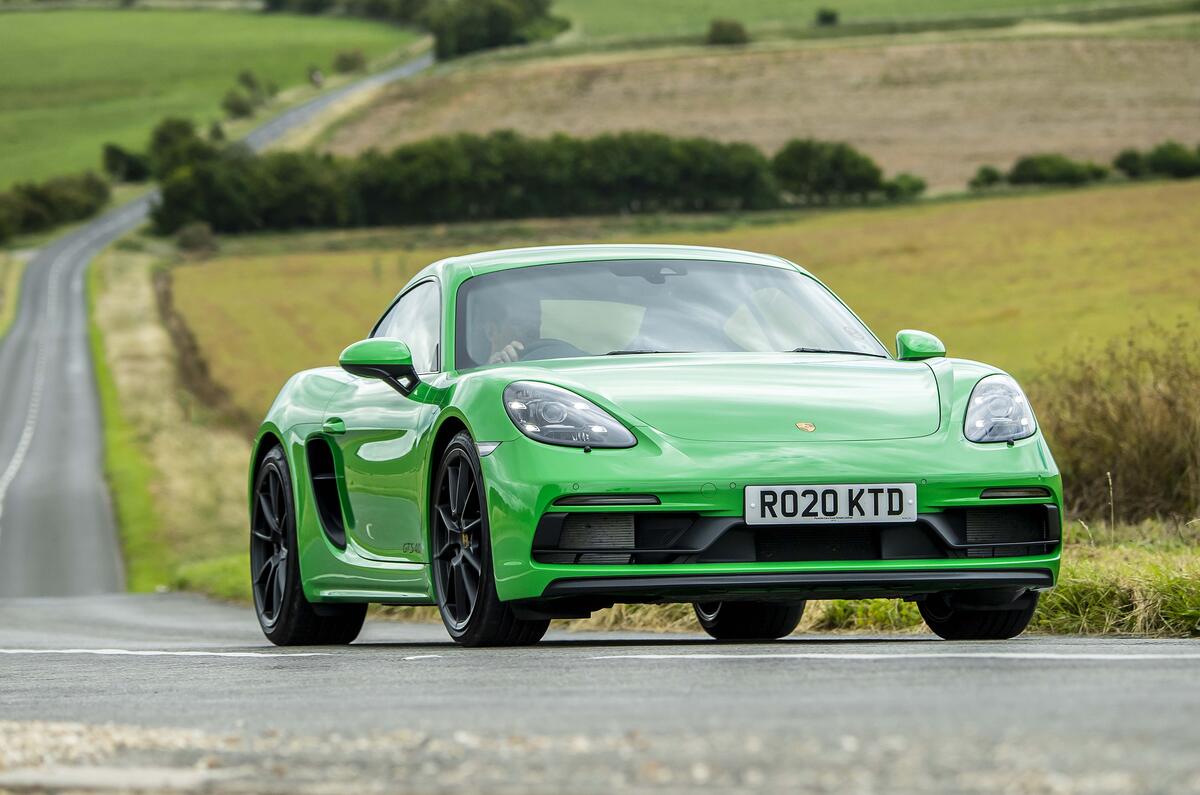

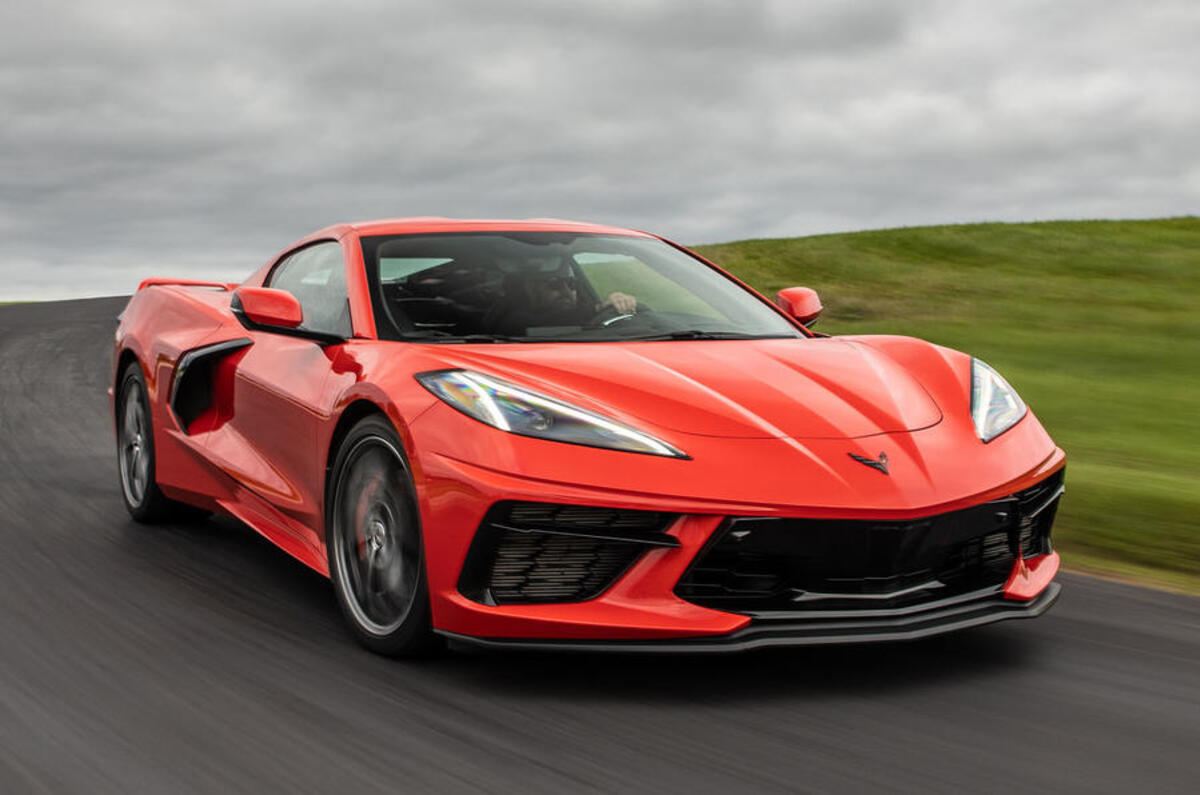
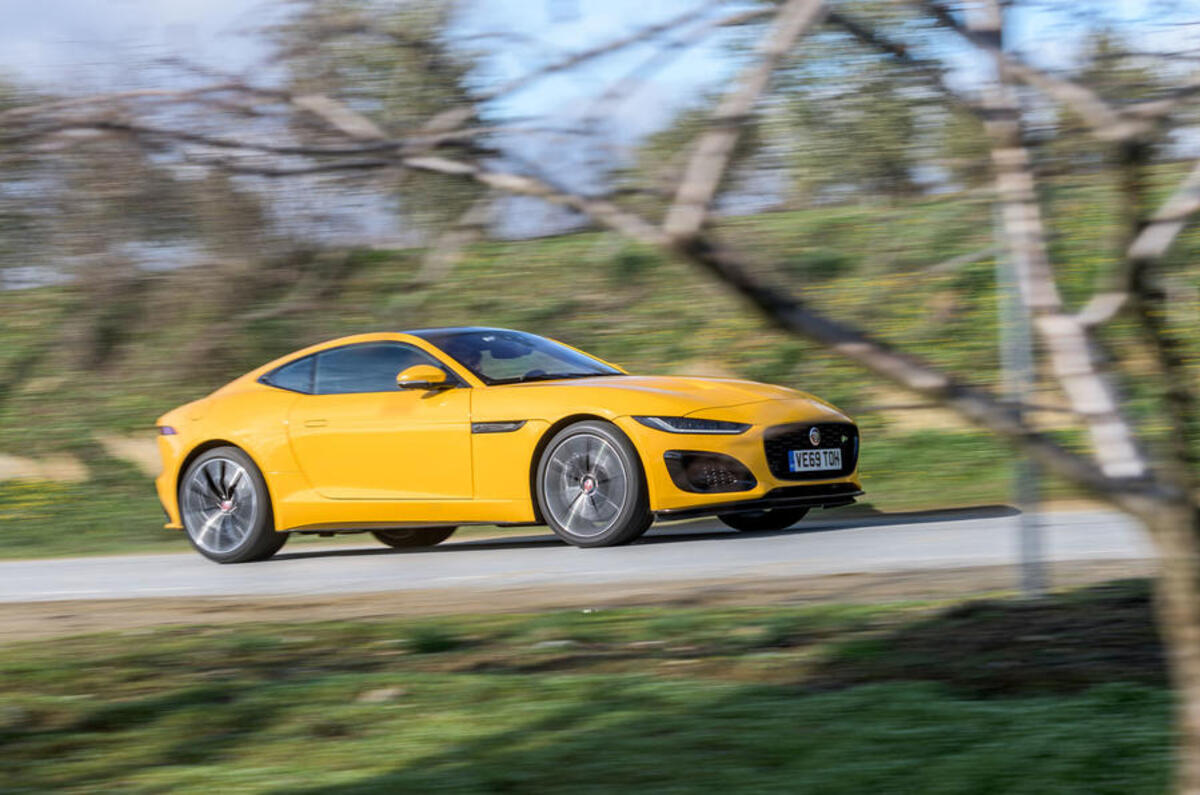


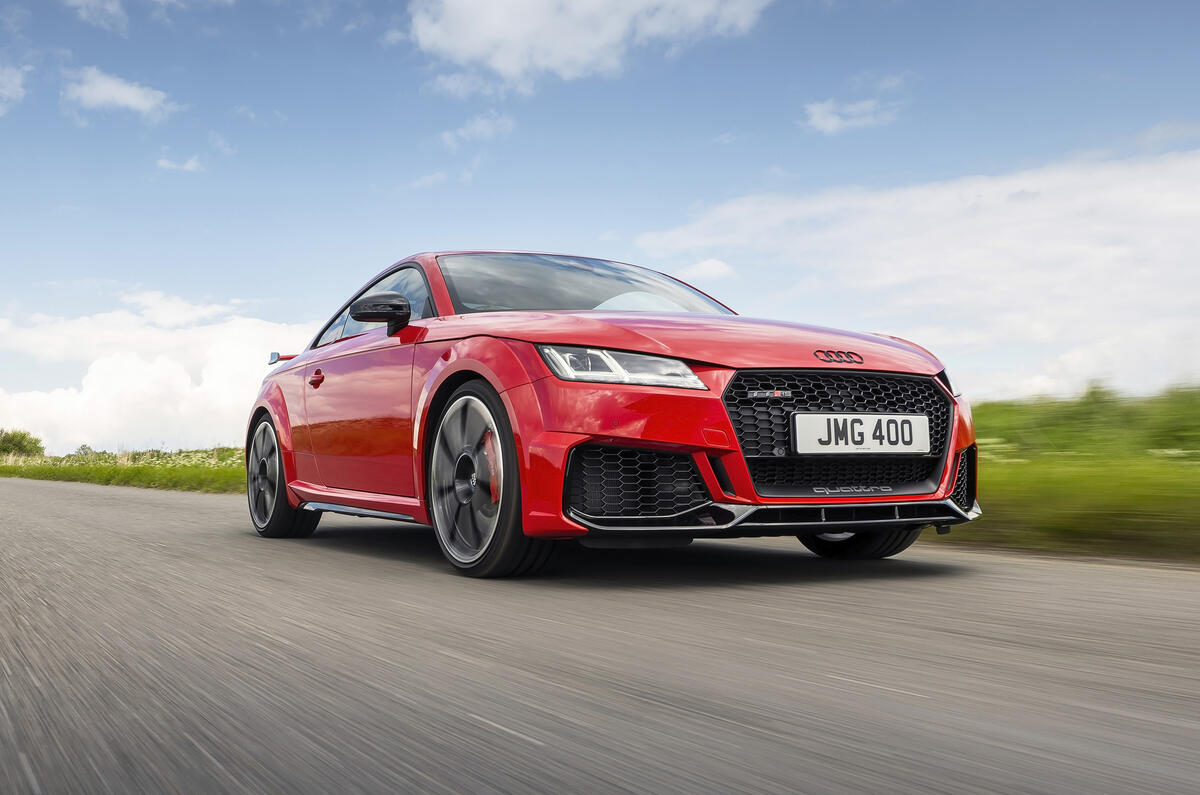




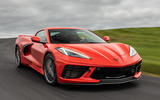
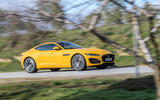


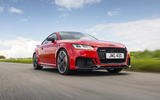











Add your comment